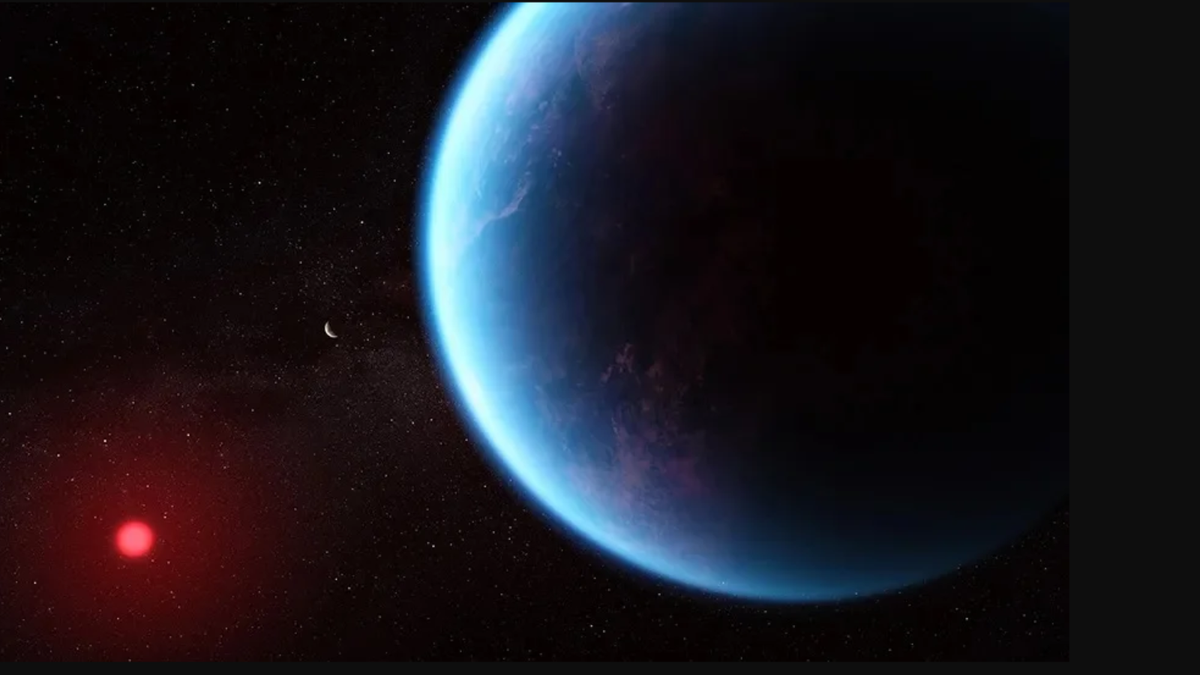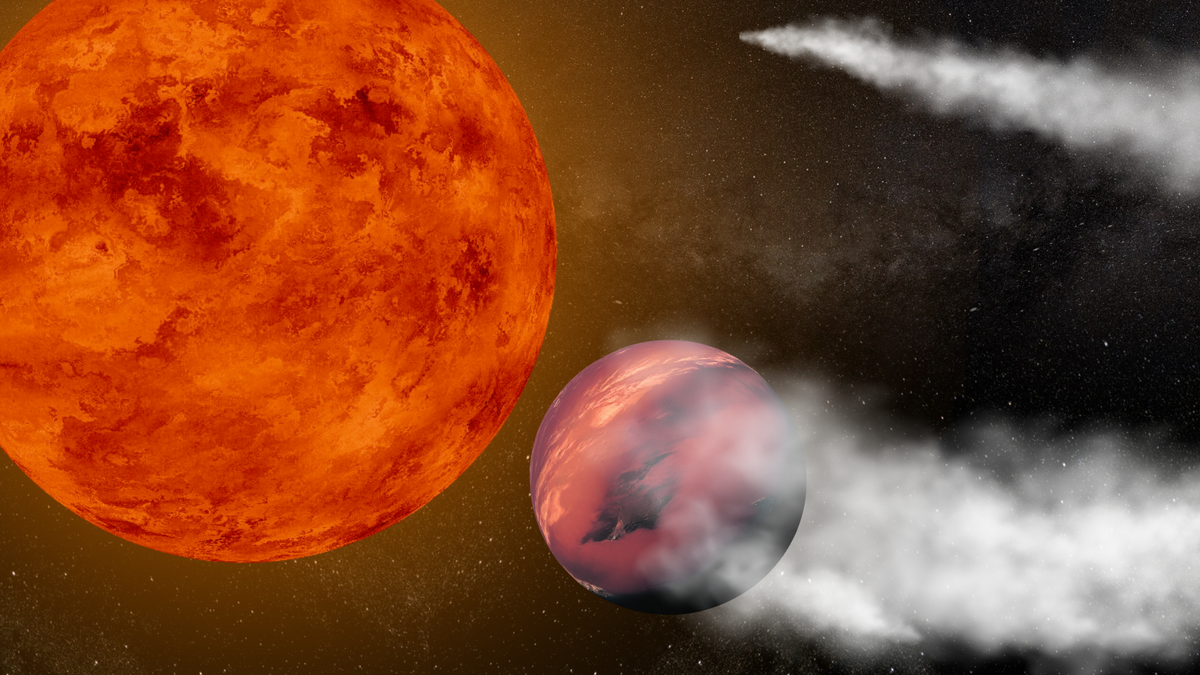Investigating Potential Signs of Life on Exoplanet K2-18 b
Recent reports suggesting the James Webb Space Telescope (JWST) has identified indications of life on a distant exoplanet outside our solar system have been determined premature by research conducted by scholars from the University of California Riverside (UCR). While this may disappoint those eager for conclusive evidence of extraterrestrial life, it does not rule out the possibility of future discoveries by the JWST in the search for traces of life in the atmosphere of exoplanets.
The Exoplanet K2-18 b: A Fascinating Target
In 2023, the JWST captured potential “biosignature” elements in the atmosphere of the exoplanet K2-18 b, a super-Earth located approximately 120 light-years away from Earth. This exoplanet stands out as a unique target due to its similarities to our own planet, despite the extreme conditions prevailing on many other exoplanets.
K2-18 b, being two to three times larger than Earth and 8.6 times more massive, sits within the habitable zone of its host star, where conditions are conducive to sustaining liquid water. Scientists theorize that this exoplanet could be an ocean world, rich in liquid water, a fundamental requirement for life. However, unlike Earth, the atmosphere of K2-18 b comprises primarily of hydrogen rather than nitrogen.
“This planet receives solar radiation similar to Earth. Excluding the atmosphere factor, K2-18 b exhibits a temperature akin to Earth’s, providing an ideal environment for potential life to thrive,” stated UCR project scientist Shang-Min Tsai.
The Discovery of Carbon Dioxide and Methane
A crucial revelation from the 2023 investigation by University of Cambridge scientists using the JWST was the presence of carbon dioxide and methane in the atmosphere of K2-18 b, without any traces of ammonia. This discovery strongly suggests the exoplanet might indeed be a hycean world with a vast ocean beneath a hydrogen-rich atmosphere. Moreover, a potentially groundbreaking find was the tentative detection of dimethyl sulfide (DMS) in the planet’s atmosphere.
“The detection of DMS hints at the presence of some form of life on K2-18 b, potentially producing it at a rate 20 times higher than observed on Earth,” Tsai explained. Despite the inconclusive nature of the DMS detection, the UCR team decided to further investigate this phenomenon.
Follow-Up Investigation and Future Prospects
The UCR team employed computer models to analyze the data concerning the detection of DMS and concluded that it was unlikely to be definitively identified. The signal detected strongly overlapped with methane, suggesting that distinguishing DMS from methane might exceed the capabilities of the JWST’s instruments used in the initial investigation.
Subsequently, it was recommended that the JWST utilize other instruments, such as the Mid-Infrared Instrument (MIRI), to observe K2-18 b in more detail and seek to confirm the presence of DMS. This ongoing research aims to unravel the environmental conditions prevailing on this intriguing exoplanet.
“The search for biosignatures on exoplanets may yield results that significantly differ from those typically found on Earth. A hydrogen-rich atmosphere, such as that of K2-18 b, could lead us to detect DMS produced by life forms, as opposed to oxygen generated by terrestrial plants and bacteria,” highlighted UCR astrobiologist Eddie Schwieterman.
Concluding Remarks
Despite the slight disappointment caused by the inconclusive DMS detection, this setback does not deter scientists from their meticulous exploration of the cosmos in search of signs of extraterrestrial life. The initial investigation into K2-18 b’s atmospheric composition and potential biosignatures serves as a pivotal step forward in our comprehension of hycean worlds, which stand out as promising targets in the quest for alien life.
In the profound words of Shang-Min Tsai, “Why do we persist in exploring the cosmos for signs of life? Imagine camping in Joshua Tree at night, hearing something in the darkness. Instinctively, you shine a light to unveil the mystery. In a similar vein, that’s precisely what we’re doing through our cosmic endeavors.”
The in-depth study elucidating these groundbreaking findings was recently published in The Astrophysical Journal Letters.
Image/Photo credit: source url





